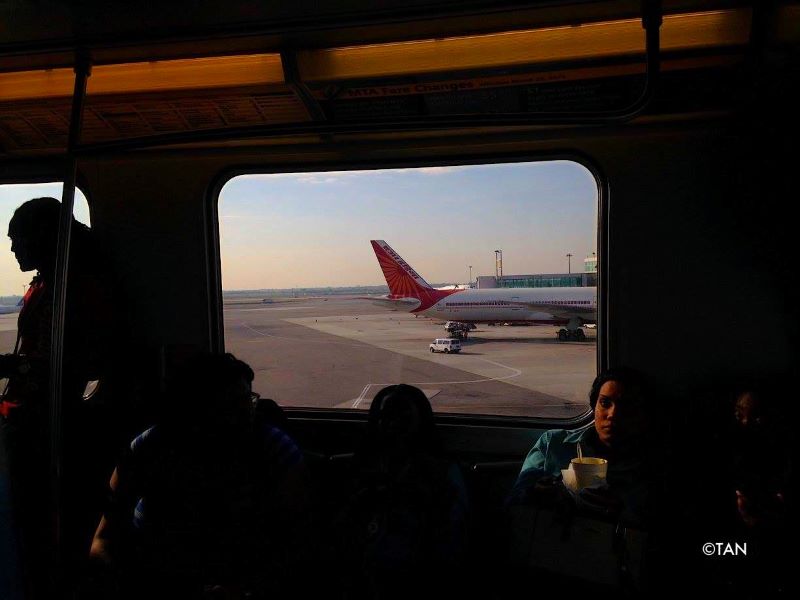
(TAN): After almost four months of suspension, India has decided it is about time the country allowed international flights to operate to and from the country.
With the country recently crossing a million COVID-19 infections, the government intends to resume flights through “air bubbles”, which it hopes will restrict further spread of the virus. India has now created air bubbles, also called travel bubbles, with the US, UAE, France and Germany. The government is additionally in talks with several other countries to launch similar air bubbles. Among these countries are the UK and Maldives, according to media reports.
The Indian government had suspended international passenger flights to and from the country since March 23, with the exception of repatriation flights.
[ALSO READ: What you need to know about post-COVID air travel]
But will these travel bubbles actually ensure that the flights will not aid in the spread of the coronavirus? In theory, travel bubbles are a way in which countries are able to control where passengers come from. People travelling through air bubbles are not supposed to be required to be quarantined at the destination country or even when they return. And considering the scenario now, that is a problem.
But then, the Indian government does not know what else to do.
“Until international civil aviation can reclaim its pre-COVID situation in terms of numbers, the answer lies through these bilateral air bubbles, which will carry as many people as possible but under defined conditions,” said India’s Civil Aviation Minister Hardeep Singh Puri. “Because many countries are still imposing entry restrictions, as are we, it’s not that anyone can travel from anywhere to anywhere. You need permission.”
[ALSO READ: Kempinski Hotels Sustainable Plan- Recycle Discarded Soaps, Donate Them]
Diplomats, Overseas Citizens of India (OCI) cardholders, and Indian citizens are allowed to fly in and out of the countries with whom there is an agreement. The quarantine and medical check requirements differ from country to country and passengers need to check individual regulations before making bookings.
Estonia, Latvia and Lithuania has a three-way travel bubble while Fiji is exploring a travel bubble with Australia and New Zealand, the two countries that it relies heavily on for tourism revenue. In South East Asia, Malaysia, is exploring similar arrangements with nearby countries, while Thailand is also reportedly considering travel bubbles for overseas tourists, with access restricted to the tourist hotspots such as Phuket, Krabi, Koh Samui and Koh Phangan.
Travel bubbles are not that easy to execute, because how good the bubble is depends on several factors, especially the countries that are part of it. A two-way bubble could fail to work if one of the participating countries opens up to a third that has higher exposure to the coronavirus.
[ALSO READ: Ski Regions Of New Zealand Lure Tourists With Winter Activities]
It is important to remember that China and New Zealand, which managed to contain the coronavirus spread to a large extent after they resumed air travel through travel bubbles, saw another wave of infections that people coming through such travel bubbles brought with them.
Does a travel bubble between the US, which has the largest number of infected cases, and India, with a million recorded infections, make sense? Only time will tell.




